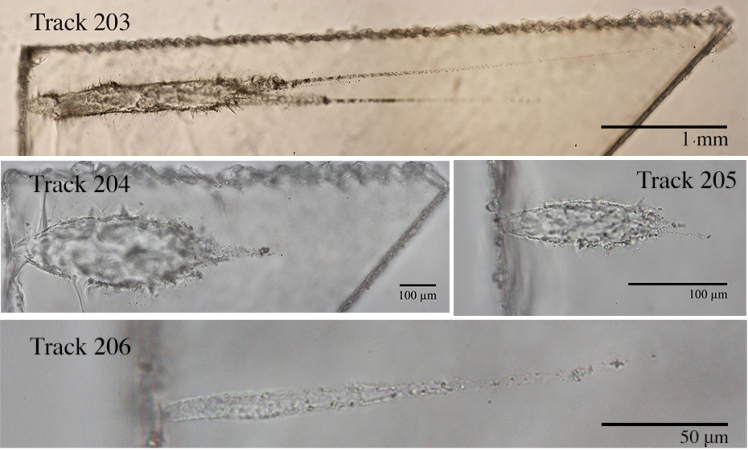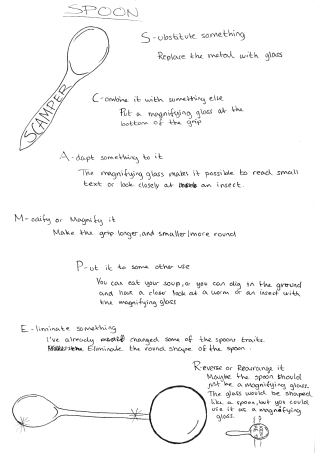This year at LPSC, we will report on the past year of our consortium study of Stardust cometary tracks, with the goal of exploring the chemical, mineralogical and isotopic diversity of materials returned from comet 81P/Wild 2.
We extracted six tracks from aerogel tile C2031 using our keystone extraction technique, and studied the materials and terminal particles using a variety of methods. At Berkeley Lab, we used synchrotron X-ray microprobe to analyze the composition of comet grains and to distinguish silicate, sulfide, and metal materials.
Large “terminal” particles were extracted and embedded in epoxy, then subsequently microtomed for TEM analysis at Berkeley Lab. Using the TEM, we measured the chemical composition of these particles to determine their mineralogy.
Silicate minerals were sent to the University of Hawaii, where we measured the oxygen isotopic composition of the comet dust, and found that the materials were consistent with the majority of other Stardust silicates measured for oxygen.
Additional analyses, including more TEM, O-isotopes, and S-isotopes, are soon to be completed.
Check out more details in the abstract HERE.
 Optical photomicrograph images of some of the Stardust tracks extracted from tile C2031, studied here.
Optical photomicrograph images of some of the Stardust tracks extracted from tile C2031, studied here.
Share this:





